Age of
Earth
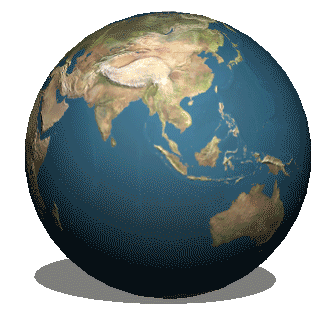
Age of
Earth
A timeline shows when events happen.
For example, you could show your life on a timeline, beginning when you were
born and ending with today.
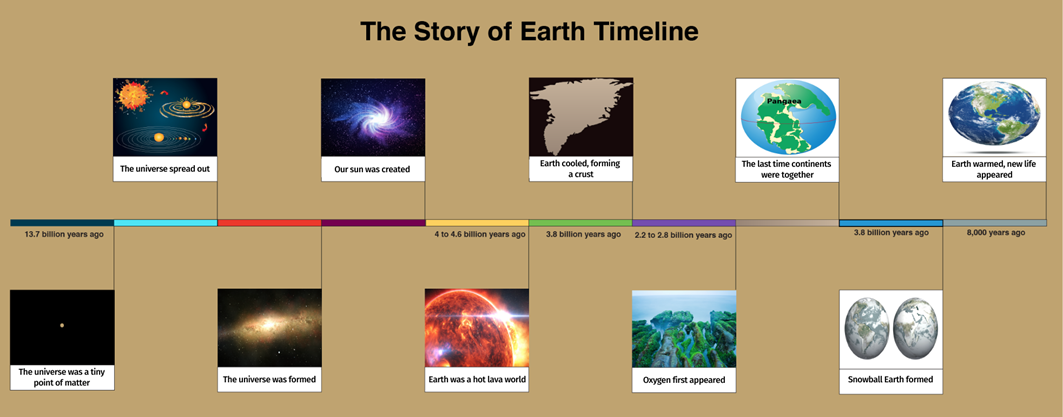
In your science journal, answer these questions based on your timeline.
1.
Birth year
2.
A memory from childhood before starting school.
3.
Age you started school.
4.
A memory from elementary school.
5.
A memory from this school year.
During its history, our planet has changed.
Early Earth looked much different than today.
Like a science-fiction movie set, Early Earth
was a place of erupting volcanoes, pouring lava, and a red sky. Poisonous gases
were in the atmosphere. Back in those days, people could not have lived on
Earth.
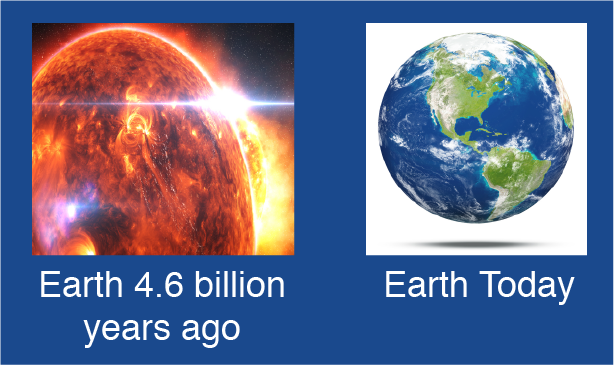
Earth Before and After
Earth scientists use radiometric dating,
index fossils, and other clues to figure out the age of Earth. Using these
methods, they know that Earth is 4.6 billion years old. It did not form until
9.1 billion years after the Big Bang.
One way scientists tell the timeline of Earth
is with the geochronological scale. The geochronological scale
shows layers of Earth stacked on each other, with newer layers on top. Older
layers have the remains of animals and plants and different rocks.
Catastrophism v. Uniformitarianism
Changes to Earth can happen because of a big
event, like the planet being hit by a meteor, or smaller events, such as
when soil erodes and changes the landscape over the years.
Some people think big events mostly shaped our
planet. This is called catastrophism—like the word
catastrophes. Others believe our planet changed mostly because of smaller,
slower processes. This is called uniformitarianism.
Scientists tend to prefer uniformitarianism
because many changes to Earth have happened slowly. But there are times when
big events suddenly change the Earth.
Let’s Practice
Relative
Dating
Relative dating is a process used to place
rocks and events in the order in which they occur.
An index fossil helps scientists figure
out how old a rock is. Index fossils were created by organisms living only a
short time, so scientists know the rock must be from that time. Because index
fossils are spread across the Earth, rocks in different parts of the world can
be from the same time if they both have an index fossil of the same plant or
animal. Other fossils within that rock also are the same age as the index
fossil.
After a fossil has been cleaned, it can be
studied in a laboratory. Using microscopes, scanners, and
different kinds of analysis, scientists can figure out a fossil's age and
explore its features. Scientists can learn about an animal's diet and the environment
by looking at fossil teeth and bones. DNA analysis from fossils might
show how different animals related to each other. Fossils help solve the
mystery of what life was like on Earth long ago.
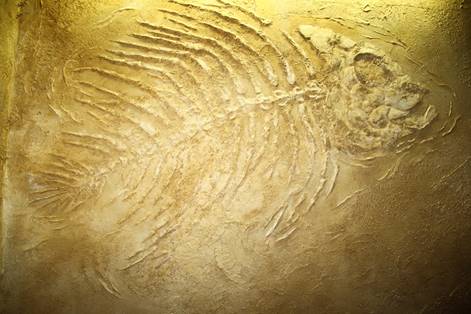
Giant Fish Fossil
In your science
journal, answer these questions based
on the "Giant Fish Fossil."
1.
How old do you think the fish fossil is—100 years old, 12,000
years old, or 5 billion years old?
2.
What kinds of living things could become a fossil?
3.
What does a paleontologist do?
4.
In the lab, fossils show that some bones of early humans were
the remains of food eaten by big cats. What might you conclude?
As you have seen, rocks on the surface of Earth
are younger than rocks towards the center.
Scientists use Steno's laws to describe patterns in
Earth's rock layers.
Law of Superposition
Superposition refers to the position of rock
layers and their relative ages. Younger rocks stack on top of older rocks.
Rocks closer to the surface are younger than rocks at the bottom of the stack
farther down.
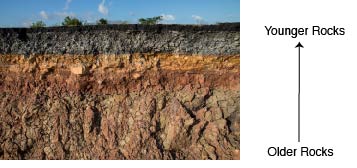
Law of Superposition
Law of Cross-Cutting Relationships
One rock may cut over or across another rock,
causing this second rock's layers to be cut off. The rock that gets cut is
older.
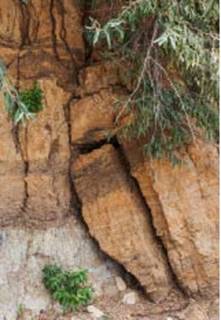
Cross-Cutting
Law of Original
Horizontality
Rock layers are flat or horizontal because rock
sediments were deposited in ancient seas horizontally. If a rock layer is not
flat, it must have moved after it formed, showing that something changed at
that point.
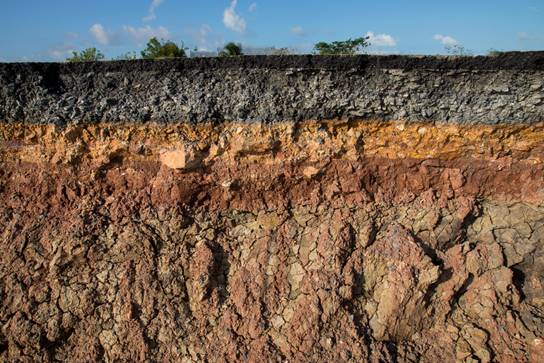
Horizontality
Law of Lateral
Continuity
Horizontal rock layers go from side to side,
extending laterally, as shown in the Grand Canyon image. For instance, the same
rock layers can be seen on both sides of a canyon. Knowing the age of a layer on
one side can be applied to the other.
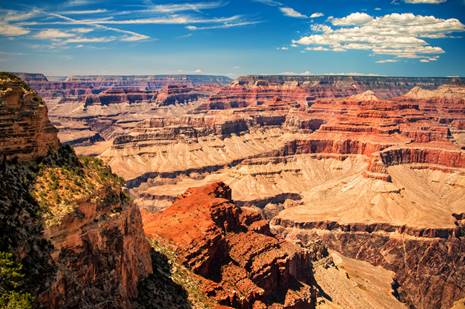
Grand Canyon
Relative dating is based on the Law
of Superposition, in which rocks in the top layers formed more recently
than those in the lower layers.
Absolute
Dating
A "tree ring" is an example of
absolute dating. A tree grows one tree ring for every year that it is
alive. For pine trees, one tree ring
includes two bands – one light and one dark.
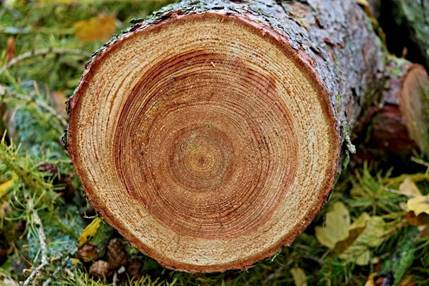
Tree Ring
In your science
journal,
answer these questions.
1.
How many trees rings equal one year?
2.
Have you ever noticed a tree has rings?
3.
Is tree rings a method of
absolute dating?
Absolute dating is used to determine
the more precise age of a rock. It is a method of measuring the age of an
object such as a rock or fossil. Scientists use both absolute and relative
dating to develop geologic time scales. Absolute dating requires the use of a
natural clock. The clock is the radioactive
decay of certain natural elements like uranium and carbon.
Radioactive decay refers to how unstable atoms
lose energy and matter over time. Unstable atoms are called radioactive
isotopes. As a result of radioactive
decay, an isotope turns into another element over a period of time. An element is a substance composed of only
one kind of atom.